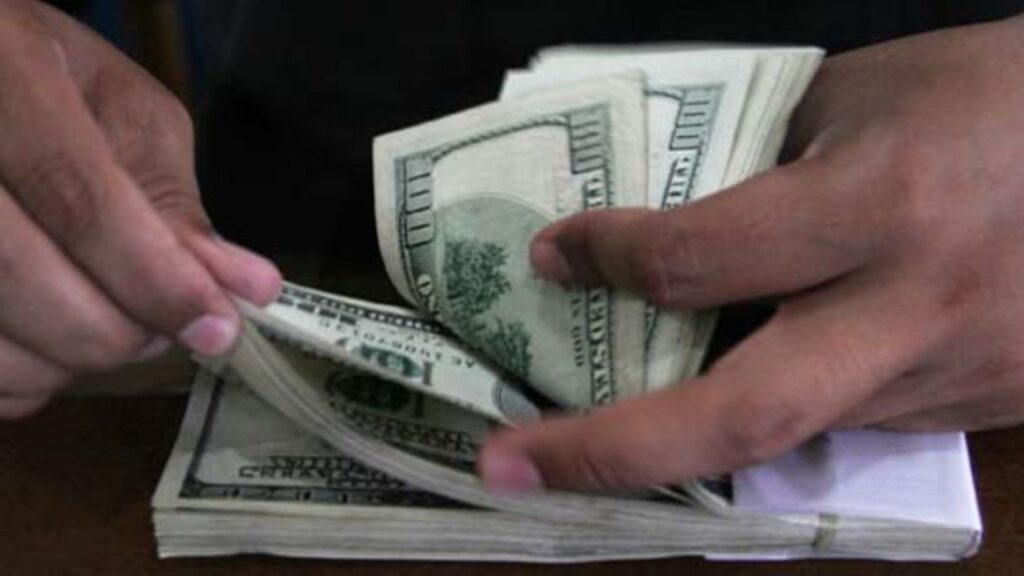

Summary
The lobby reckons that the volatility in the exchange rate market has slowed dollar trading among lenders or interbank deals, further worsening the scarcity of the US currency.
The shortage of dollars is triggering the emergence of parallel exchange rate that has seen lenders buying and selling well above the printed official rate, the manufacturers’ lobby has warned.
The Kenya Association of Manufacturers (KAM) said on Monday its members, the biggest importers of goods, were buying the dollar at more than Sh120 compared to the central bank’s official exchange rate of 116.81 units as of Friday.
The lobby reckons that the volatility in the exchange rate market has slowed dollar trading among lenders or interbank deals, further worsening the scarcity of the US currency.
The exchange rate has long been a sensitive issue, with most players preferring silence for fear of reprisals from the central bank.
The central bank has in the past rebuked Stanbic Bank Kenya after a research note issued by its parent, South Africa’s Standard Bank, said a parallel exchange rate was emerging in Kenya.
This forced Stanbic Bank Kenya to issue a public statement distancing itself from the research note, which said that “two FX rates have been developing in the market.”
“Although the formally quoted exchange rate for the US dollar in the market is hovering around Sh115-116, none of our members can access currency at that price in the market.
The real market price is now above Sh120,” KAM chairman Mucai Kunyiha said in a statement.
“Neither are banks able to trade dollars between themselves, further exacerbating the supply constraints. The risk here is that we are creating a parallel shadow market with unwanted consequences.”
A parallel exchange rate market develops, in such circumstances; and when the spread between the official and parallel rates is both substantial and sustained, says an International Monetary Fund official (IMF) working paper.
KAM said the lack of access to adequate hard currency was negatively affecting its members’ ability to settle obligations to overseas suppliers in a timely manner.
The industrialists’ lobby said the crunch has strained relations with suppliers, at a time competition for raw materials has intensified globally due to rising demand amid lingering supply chain constraints.
It reckons the shortage is now causing an increase in the cost of doing business and panic buying of forex. Manufacturers are amongst Kenya’s largest importers.
CBK data, for example, shows that materials ordered by importers last year amounted to Sh399.62 billion, only dwarfed by machinery and transportation equipment, which was valued at Sh512.45 billion.
The US lender JP Morgan on March 22 issued a client alert saying that it was straining to complete some client transactions in Kenya due to dollar liquidity constraints.
The shortage has forced industrialists to start seeking dollars in advance, further increasing their working capital.
The situation is compounded by the weakening of the shilling against the dollar, which means that it is costing companies a lot more to buy forex.
It has also seen firms hedge against further weakening by stocking up on dollars or holding on tightly to their greenback reserves.
“Exporters and other entities holding US dollars are reluctant to sell at lower prices as it is clear and visible to them what the market value of the currency is. From the foregoing, it would appear that the market is losing confidence in the transparency and effectiveness of our foreign exchange market,” Mr Kunyiha said.
The IMF said in 2018 that the shilling was overvalued, citing strict management of the forex market by the central bank, findings which CBK governor Patrick Njoroge rubbished.
Dr Njoroge, a former senior IMF official who took charge of the central bank in 2015, has maintained Kenya has a flexible rate policy and only intervenes to smooth volatility.
The Standard Bank noted in the December 2020 research brief that “due to this divergence in screen and FX interbank rates, admittedly price discovery has been very cumbersome.”
“But the conundrum for them was whether to trade at the executable foreign exchange interbank rate that was higher than the official CBK rate or simply stop supplying dollars to the market, owing to concerns of reprisal from the apex bank,” added the note.
The CBK expressed its discomfort over the note, prompting Stanbic Kenya to disown it.
“The contents of the report do not reflect the position of Stanbic Bank Kenya Limited,” Stanbic said after the research note was published by the Business Daily.
The shilling was exchanging at an average of Sh116.71 units to the dollar yesterday based on CBK official rates, having depreciated from Sh113.13 at the start of the year and Sh104.44 at the end of March 2020.
Demand for dollars locally has gone up significantly this year in line with surging imports following the full reopening of the economy, which has unleashed pent-up demand for both consumer and capital goods.
